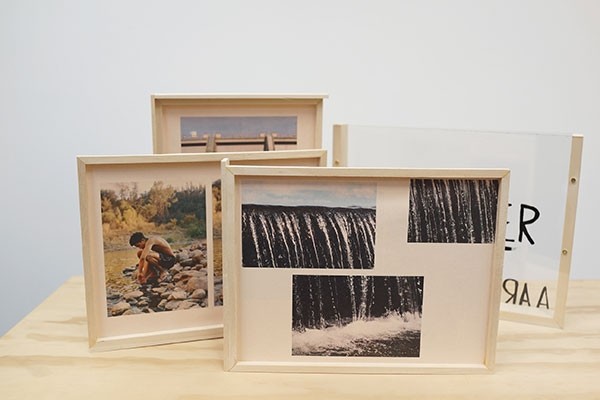Everyday Art: Minnesota Street Project Branches Out with New Line of Editioned Artworks
by Robyn Wise
Since opening in San Francisco’s Dogpatch neighborhood two years ago, Minnesota Street Project has become a touchstone of the area’s creative-industry boom. The Mark Jensen-designed art complex—known for its concentration of art galleries, cultural nonprofits and subsidized artist studios—has recently expanded its artful operation with Minnesota Street Project Editions, a publishing platform for editioned prints, multiples and other artist-designed objects. Here, project cofounder and art collector Deborah Rappaport reveals the inspiration behind the organization’s latest enterprise.
With this new development you are joining an amazing legacy of editions publishers in the Bay Area that includes Workshop Residence, The Thing Quarterly, Electric Works, Park Life, Paulson Fontaine Press and Crown Point Press, to name a few. Where do you see Minnesota Street Project in this tradition? We’re thrilled to be among such fine company. Our mission is simple: to support the artists who make the products. We share sales proceeds fairly with them and use our portion to fund the larger mission of the project, which is to provide below-market rents to galleries, artists and arts nonprofits in San Francisco. We also want to create opportunities for artists to experiment outside of their normal practice or explore different mediums. And we try to have diverse price points. You can collect a $20 mug by Cliff Hengst or invest in a $3,000 neon sculpture by Tom Loughlin.
Buyers are often confused about what an edition is and how it differs from other artworks. Are there misconceptions you’d like to clear up? People commonly assume that an edition or a multiple is just a lower-priced reproduction of an original artwork by an artist, and sometimes this is the case. But more often it’s an original work in itself, designed to be exactly that thing. We sell both kinds. We also deal in both open and limited editions. For instance, Aaron Wojack created only four of his Holy Water boxed sets for us, so there’s a finite number available, but our Glass Summers print by James Chronister is open—we’ll keep producing it as long as it’s in demand.
You’ve launched the line with a limited number of items. Are there plans to expand? Absolutely. We are developing new products all the time and will continue adding to the collection. Right now, we’re working on two new jigsaw puzzles for release in time for the holidays. One is based on artist Miguel Arzabe’s intricate woven paper pieces and the other features an image of Joshua Tree by photographer Cait Molloy—they will both be quite challenging.
You’ve also created a vending machine that sells art. Tell us more. Yes, look for it behind the stadium seating in our main public space! We went to a company in Southern California that specializes in custom-designed vending machines and told them we wanted one specifically to sell art. The outside is wrapped in vinyl with an image of an artist’s studio, which feels appropriate, since that’s where the products originate. We stock it with changing selections from the editions program.
Your personal art collection is beautifully sited throughout your San Francisco residence. What display tips do you have for making art look great at home? Pick a height off the floor—it’s typically around 60 inches unless your family is short or you live with giants—and center every artwork in the home at the same level. If you do this, it will look as perfect and professional as a museum installation. As part of Minnesota Street Project’s art servicebusiness, we hang a ton of art throughout the Bay Area, and for our clients who want that museum look, this is the golden rule. It’s also fun to use the mantel as a pedestal to highlight a large sculpture. Placing a 3-D artwork on a coffee table is another trick that allows you to enjoy it from all angles.
